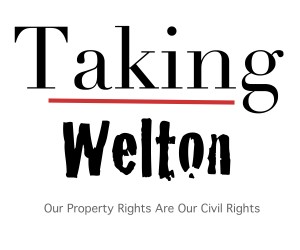What is eminent domain and could it be used to seize Duke’s land for the light rail?
“After Duke declined to sign a cooperative agreement with GoTriangle for its light rail project, the project appeared to be stalled in its tracks.
In order for light rail to become a reality under the proposed plan, Duke was expected to contribute some of its land. Could one of the options to get light rail rolling again be using eminent domain to seize Duke’s land for the project?
The Chronicle looked at the law behind the practice and what it could look like if GoTriangle tried that route.
Duke declined to enter mediation with GoTriangle after opting not to sign a cooperative agreement, and the proposed light rail project—expected to cost approximately $2.5 billion total, with half of that potentially covered by a federal grant if local authorities received it—appears to be at an impasse. On March 4 in a letter to President Vincent Price, GoTriangle leaders had asked Duke to enter mediation to resolve concerns about the light rail’s proposed route along Erwin Road by Duke Hospital and Clinics.
Price and the Duke administration said that GoTriangle did not address concerns regarding electromagnetic interference, vibrations, utilities and liability that could result from the proposed light rail project.
“Having concluded that your proposed [Durham-Orange Light Rail Transit] route down Erwin Road is simply not workable, we do not see any value in entering into mediation,” Price wrote in Duke’s letter to GoTriangle officials.
With the first option off the table, officials began to look elsewhere to make the project workable.
“It’s been said that all options are on the table,” said Mark-Anthony Middleton, Durham city council member.
The options could include rerouting or eminent domain, Middleton said. But the route is “pretty much set,” he added, so rerouting would place a significant burden on the already complex process of planning the light rail. “
read the entire article
Vattikonda, Niharika. The Chronicle 26 March 2019.
